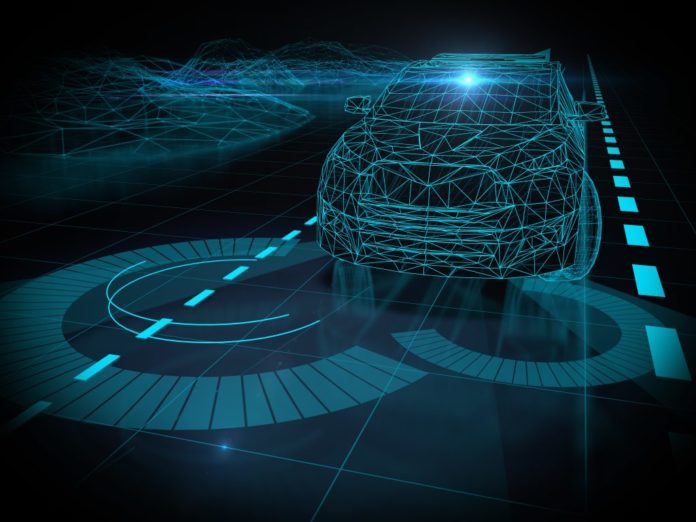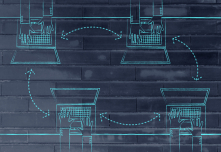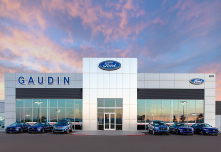
The automotive industry isn’t as black and white as it used to be. In the past, there were two basic types of cars: luxury and affordable, but times have changed. Over the last decade or so, there has been a growth in the “premium” car and truck category, and what sets it apart from everything else may surprise you. It’s not about the fancy interior or how comfortable the seats are. It’s not even about how smooth the ride is. According to new data from HBR, it’s all about the tech.
“The traditional drivers of brand premium are being joined (and to varying degrees supplanted) by newer, tech-enabled variables: software, interactive products, digital interactions, immersive experiences, and predictive services, to name a few,” writes authors Jian Xu and Xiaoming Liu.
Premium and luxury vehicles are generally equipped with the most up-to-date and highest level technology and safety features that are not standard in all cars. These tech features include larger touchscreens, preventative safety tech and an array of cameras. According to recent data, it all comes down to software.
HBR notes that while hardware typically accounts for a car’s value, Morgan Stanley predicts the number will go down from 90% to 40%, “…with the remaining 60% being dominated by the car’s software and content.”
How does this differ from luxury cars? For one, the biggest difference is usually all luxury brand cars like Mercedes or BMW come standard with luxury features. Premium cars typically carry tech features as add-ons, but tech is what makes a premium brand what it is.
Premium, it seems, comes with a reference point—as it’s rooted in a sector and a category with values relative based on price points and features. There is a rational element to products that might be considered premium. Often, manufacturers will make a range of products to help navigate this—from entry level to high end.
When you can have luxury and premium cars and watches, right down to luxury and premium biscuits, the words cease to have quite the impact that aspirational marketers might hope—and may mean even less to consumers.
“The traditional drivers of brand premium are being joined (and to varying degrees supplanted) by newer, tech-enabled variables: software, interactive products, digital interactions, immersive experiences, and predictive services, to name a few,” according to HBR.












